Filter by
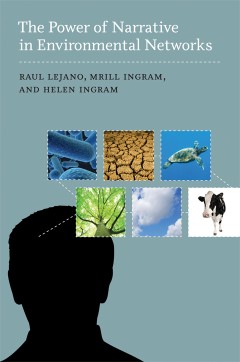
The Power of Narrative in Environmental Networks
For as long has humans have lived in communities, storytelling has bound people to each other and to their environments. In recent times, scholars have noted how social networks arise around issues of resource and ecological management. This book argues that stories, or narratives, play a key role in these networks - that environmental communities 'narrate themselves into existence'. The book p…
- Edition
- -
- ISBN/ISSN
- 9781461937128
- Collation
- 1 online resource (xiv, 225 pages) :illustrations, map.
- Series Title
- -
- Call Number
- -
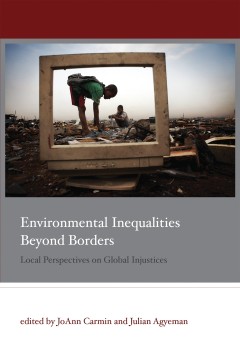
Environmental Inequalities Beyond Borders: Local Perspectives on Global Injus…
Case studies demonstrate the spatial disconnect between global consumption and production and its effects on local environmental quality and human rights.OCLC-licensed vendor bibliographic record.
- Edition
- -
- ISBN/ISSN
- 9780262295680
- Collation
- 1 online resource (vi, 303 pages) :illustrations, map.
- Series Title
- -
- Call Number
- -
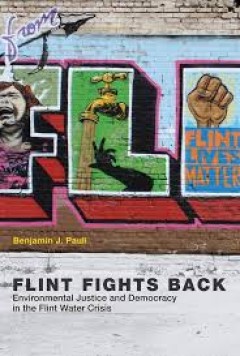
Flint fights back :environmental justice and democracy in the Flint water crisis
An account of the Flint water crisis shows that Flint's struggle for safe and affordable water is part of a broader struggle for democracy. When Flint, Michigan, changed its source of municipal water from Lake Huron to the Flint River, Flint residents were repeatedly assured that the water was of the highest quality. At the switchover ceremony, the mayor and other officials performed a celebrat…
- Edition
- -
- ISBN/ISSN
- 9780262352932
- Collation
- 1 online resource (432 pages) :illustrations
- Series Title
- -
- Call Number
- -
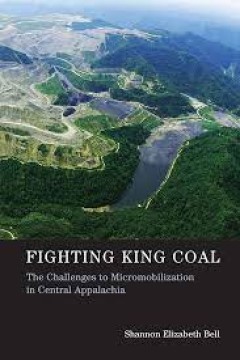
Fighting king coal :the challenges to micromobilization in central Appalachia
In the coal-mining region of Central Appalachia, mountaintop-removal mining and coal-industry-related flooding, water contamination, and illness have led to the emergence of a grassroots, women-driven environmental justice movement. But the number of local activists is small relative to the affected population, and recruiting movement participants from within the region is an ongoing challenge.…
- Edition
- -
- ISBN/ISSN
- 9780262333597
- Collation
- 1 online resource :illustrations.
- Series Title
- -
- Call Number
- -
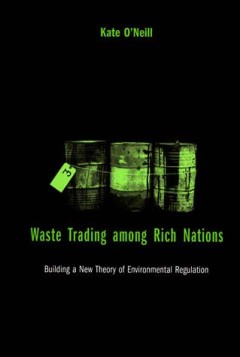
Waste Trading among Rich Nations: Building a New Theory of Environmental Regu…
When most people think of hazardous waste trading, they think of egregious dumping by U.S. and European firms on poor countries in Africa, Latin America, and the Caribbean. But over 80 percent of the waste trade takes place between industrialized nations and is legal by domestic and international standards. In Waste Trading among Rich Nations, Kate O'Neill asks why some industrialized nations v…
- Edition
- -
- ISBN/ISSN
- 9780262280891
- Collation
- 1 online resource (xix, 298 pages).
- Series Title
- -
- Call Number
- -
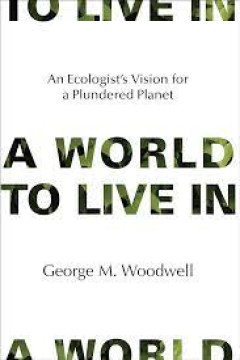
A world to live in :an ecologist's vision for a plundered planet
A century of industrial development is the briefest of moments in the half billion years of the earth's evolution. And yet our current era has brought greater changes to the earth than any period in human history. The biosphere, the globe's life-giving envelope of air and climate, has been changed irreparably. In A World to Live In, the distinguished ecologist George Woodwell shows that the bio…
- Edition
- -
- ISBN/ISSN
- 9780262333689
- Collation
- 1 online resource (xvi, 227 pages)
- Series Title
- -
- Call Number
- -
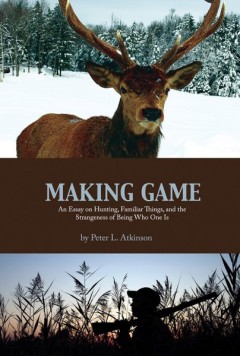
Making Game an Essay on Hunting, Familiar Things, and the Strangeness of Bein…
Making Game is a mixed-genre composition in which the author reflects on the philosophical and ethical implications of hunting wild game. This engaging essay is informed by the author’s significant background of scholarly engagement with the phenomenological tradition in modern philosophy.
- Edition
- -
- ISBN/ISSN
- 9781897425282.01
- Collation
- -
- Series Title
- -
- Call Number
- 165 pages
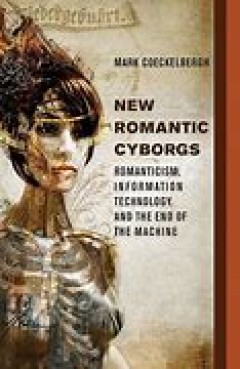
New Romantic Cyborgs: Romanticism, Information Technology, and the End of the…
A detailed examination of the UN's Sustainable Development Goals and the shift in governance strategy they represent.OCLC-licensed vendor bibliographic record.
- Edition
- -
- ISBN/ISSN
- 9780262337410
- Collation
- 1 online resource (xv, 333 pages).
- Series Title
- -
- Call Number
- -
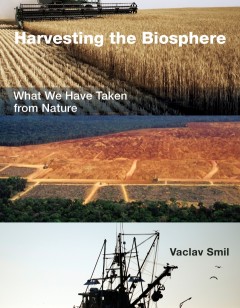
Harvesting the biosphere :what we have taken from nature
An interdisciplinary and quantitative account of human claims on the biosphere's stores of living matter, from prehistoric hunting to modern energy production. The biosphere—the Earth's thin layer of life—dates from nearly four billion years ago, when the first simple organisms appeared. Many species have exerted enormous influence on the biosphere's character and productivity, but none …
- Edition
- -
- ISBN/ISSN
- 9780262312264
- Collation
- 1 online resource
- Series Title
- -
- Call Number
- -
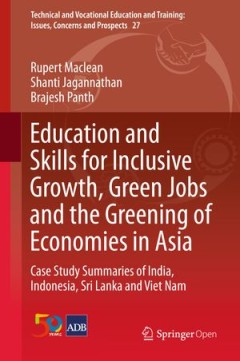
Education and Skills for inclusive Growth, Green Jobs and the Greening of E…
Education for Sustainable Development; Green Growth; Green Jobs; Inclusive Growth; Equity in the Promotion of Economic Growth; Environmental Education; Green Economies
- Edition
- -
- ISBN/ISSN
- 9789811065583
- Collation
- -
- Series Title
- -
- Call Number
- 650
 Computer Science, Information & General Works
Computer Science, Information & General Works  Philosophy & Psychology
Philosophy & Psychology  Religion
Religion  Social Sciences
Social Sciences  Language
Language  Pure Science
Pure Science  Applied Sciences
Applied Sciences  Art & Recreation
Art & Recreation  Literature
Literature  History & Geography
History & Geography